vintage cameras index home
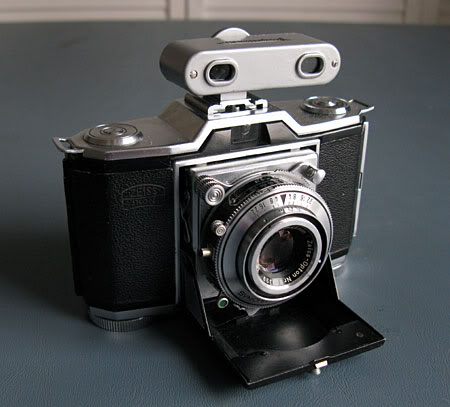
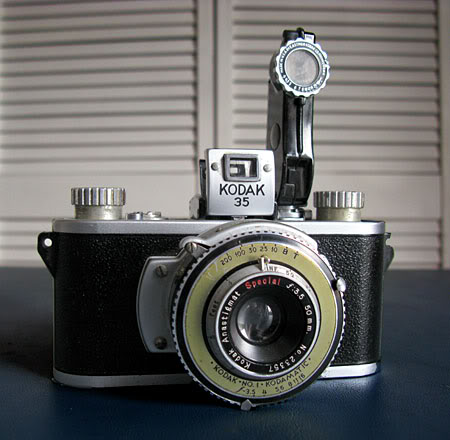
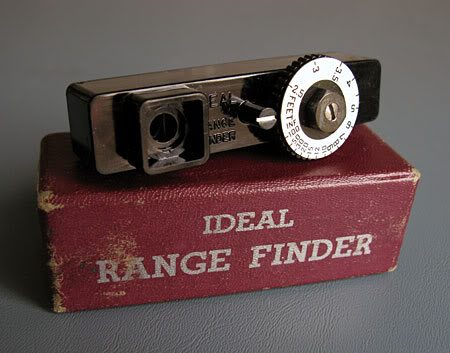
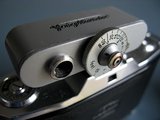 Of the three models I own, the tiny Voigtl�nder is the most elegantly designed and crafted. The view of the image is pretty clear and contrasty, and the rotational movement of the dial is very smooth. The Voigtl�nder's small size adds little bulk to my pocketable cameras, and the standard-sized mount fits any camera that has an accessory shoe. I acquired this rangefinder recently from a fellow in England and it required no adjustment to the image alignment.
Of the three models I own, the tiny Voigtl�nder is the most elegantly designed and crafted. The view of the image is pretty clear and contrasty, and the rotational movement of the dial is very smooth. The Voigtl�nder's small size adds little bulk to my pocketable cameras, and the standard-sized mount fits any camera that has an accessory shoe. I acquired this rangefinder recently from a fellow in England and it required no adjustment to the image alignment.
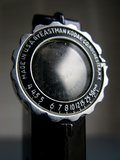 The vertical orientation of the Kodak rangefinder allows it to be used with cameras having tall, flip-up viewfinders, as was the case with many of the old Kodak folders. The Kodak's cast metal case has a sculpted look that harks back to the 19th Century; the round, eye-like front window seems like something Jules Verne might have dreamed up. A very nice feature of this rangefinder is a pointer and rotating circular scale that allows reading the distance setting while looking through the eyepiece. The image alignment was off when I got the rangefinder, and it proved quite a tedious job to get it working properly.
The vertical orientation of the Kodak rangefinder allows it to be used with cameras having tall, flip-up viewfinders, as was the case with many of the old Kodak folders. The Kodak's cast metal case has a sculpted look that harks back to the 19th Century; the round, eye-like front window seems like something Jules Verne might have dreamed up. A very nice feature of this rangefinder is a pointer and rotating circular scale that allows reading the distance setting while looking through the eyepiece. The image alignment was off when I got the rangefinder, and it proved quite a tedious job to get it working properly.
The Kodak offers a split-image view similar to what one would see through the coupled viewfinder of an Argus C3. The coincident-image featured in the other two rangefinders seems a bit easier to use, but the semi-transparent mirror coating on such instruments inevitably deteriorates over time, and the lack of image contrast becomes problematic.
The Ideal Range Finder, as it says boldly on the side of the box, was
Made in U. S. A.
FEDERAL INSTRUMENT CORP.
Long Island City, New York
The design is fundamentally functional with a black plastic case and a screw and bolt adjustment that looks like it came from the corner hardware store. As it turns out, this rangefinder offers the brightest view of the three, and is no less accurate than the Kodak or the Voigtl�nder. As stated in the product note folded in the box, the original buyer got a three year guarantee which included an offer to adjust the instrument if a drop caused it to lose proper alignment. The note also indicates that the user can do the readjustment by turning the set-screw on the dial. I found that to be true, though it required clamping the metal nut with channel-lock pliers and carefully exerting considerable force with a well-fitted screwdriver to turn the adjusting screw. There is no mounting bracket to fit a camera accessory shoe, though it would be easy enough to glue one in place.
vintage cameras index home
 © mike connealy
© mike connealy